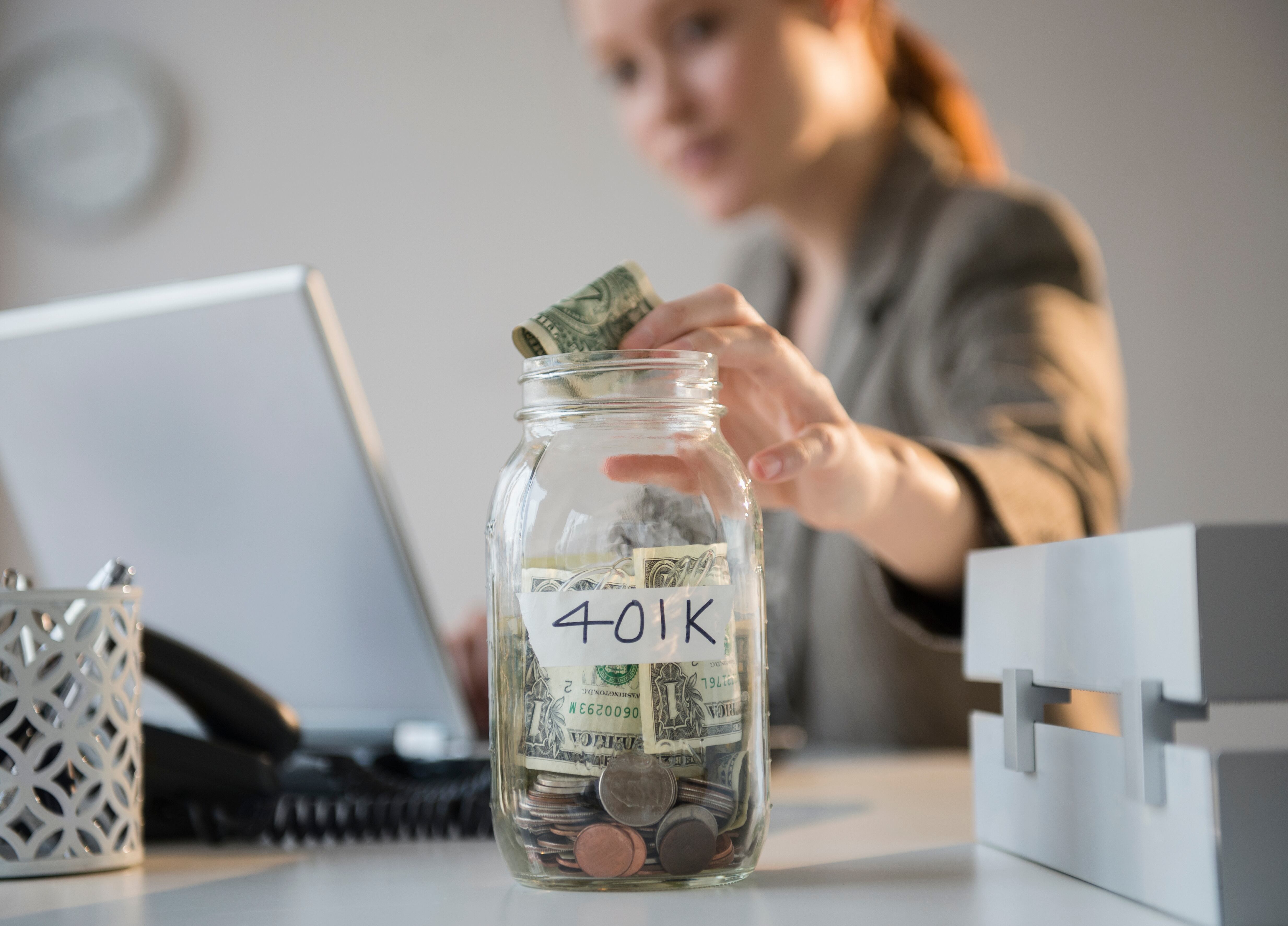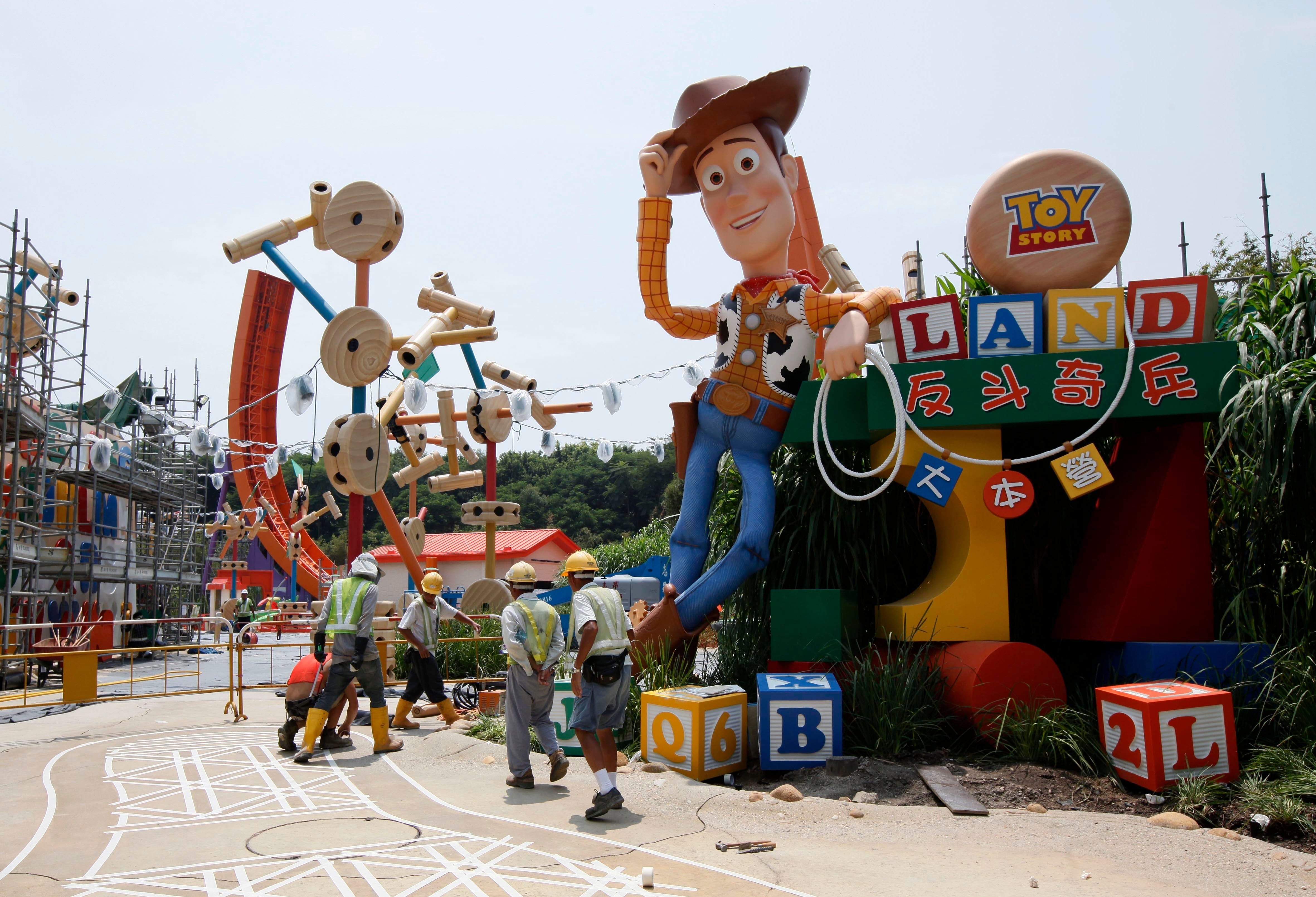By Josh Boak
With Americans facing the highest annual inflation rate in decades, President Joe Biden is trying to persuade the country his infrastructure economic plans can fix the problem.
The president toured the Port of Baltimore on Wednesday for the start of what is likely to be a national tour to showcase the $1 trillion legislation that cleared Congress last week and that he intends to sign on Monday. The president intends to emphasize how the spending can strengthen global supply chains to help lower prices, reduce shortages and add union jobs, the White House says.
That message became more critical after the government reported Wednesday that consumer prices in October climbed 6.2% from a year ago. Inflation has intensified instead of fading as the economy reopened after the coronavirus pandemic, creating a major challenge for Biden whose administration repeatedly said that the price increases were temporary.
“Reversing this trend is a top priority for me,” Biden said in a statement, adding that during his visit he would explain how the infrastructure bill would reduce supply bottlenecks and “make goods more available and less costly.”
Higher prices have eaten into wages and turned public sentiment on the economy against Biden in polls. One of the obstacles for reducing inflation has been backlogged ports with ships waiting to dock at major transit hubs, causing shortages and leaving some store shelves depleted ahead of the holiday shopping season.
Biden is pointing to Baltimore’s port as a blueprint on how to reduce shipping bottlenecks that have held back the economic recovery.
The port in Baltimore is adding container cranes as well as a 50-foot berth where ships can be unloaded. Baltimore’s port is also benefiting from grants to upgrade the Howard Street Tunnel, a brick-lined underpass for trains that opened in 1895. The tunnel would be expanded so that shipping containers could be double-stacked on railcars, making it easier to move goods out of the port.
Before his remarks he toured a warehouse for imports at the port. “I’ll tell you what. This is an incredible operation,” Biden said to the gathered port workers.
The president, who consulted with the CEOs of Walmart, Target, FedEx and UPS on Tuesday, plans to emphasize that these investments are part of a national effort to relieve supply chain bottlenecks in ways that can aid broader growth.
His administration also announced new investments to reduce congestion at the Port of Savannah in Georgia, nearly a month after the administration helped broker a deal for the Port of Los Angeles to operate nonstop.
The president has been trying to explain that the port congestion shows just how strong the economic rebound from the pandemic has been. A forecast by the National Retail Federation suggests a record level of imports this year.
The inflation phenomenon is also global in nature, with Germany and China recently reporting high levels.
The president is making his case in a city of nearly 600,000 people that supports him. Nearly 90% of voters in Baltimore backed Biden in last year’s election. The president also stopped in the city for a CNN town hall on Oct. 21.
Baltimore embodies the complexities of an increasingly diverse America at a time of heated national politics.
Many Americans have seen a TV version of the city's poverty, crime, political corruption and vacant rowhouses on shows such as HBO’s “The Wire.” Unrest following the 2015 death of Freddie Gray from injuries in a police van helped to propel a national movement for respecting the rights and lives of Black Americans.
But Baltimore also contains deep pockets of wealth and prosperity in what is a microcosm of the broader inequality confronting the nation. There are the mansions of the Guilford neighborhood, elite private schools, celebrated restaurants and the prestige of Johns Hopkins University.
As president, Donald Trump slammed the majority Black city on Twitter frequently, calling it “the WORST IN NATION.” But while Trump scorned Baltimore, Biden sees a test case for his agenda that goes beyond the ports. His child tax credits are sending thousands of dollars to families in a city with a child poverty rate north of 30%. Work has begun to renovate and modernize the historic Penn Station, possibly improving rail transit across the Northeast.
A big part of Biden’s pitch is that he succeeded on a bipartisan infrastructure deal, whereas Trump failed.
Biden said Tuesday at a virtual event hosted by the Democratic National Committee that Trump never delivered for the country’s cities and ports.
“So it was left to us,” he said. “We got the job done.”










